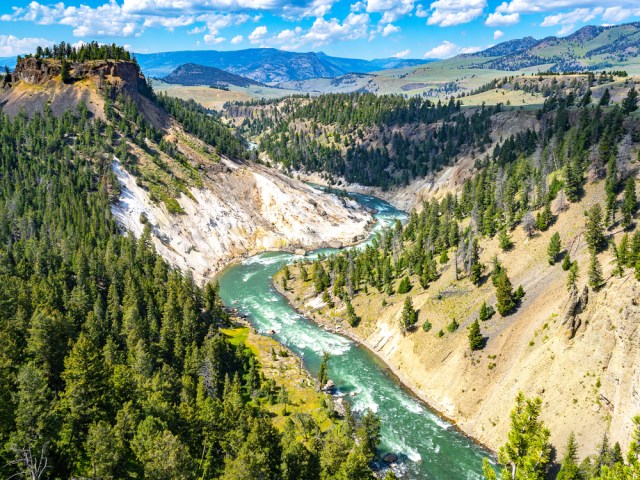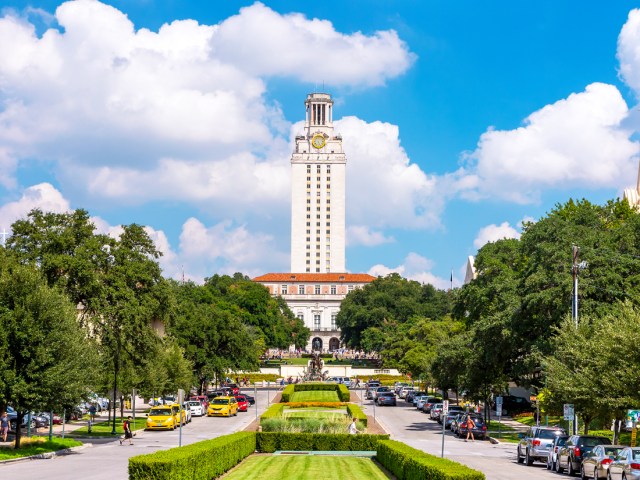
Have you ever traveled to Suomi? What about Nippon? As Americans, we know most countries around the world by their English names, but many of these countries are called something quite different in the local language. Discover 10 country names in their native languages.
Before You Go
Before you visit a foreign country, it’s helpful to not only know its local name, but it can also be incredibly useful to learn some of the language to get around. That’s where Babbel can help. Their lessons can help you master languages such as French, Spanish, or German in as little as 10 minutes a day. See how fácil it is to learn a new language, with Babbel.
Sakartvelo – Georgia

If you ever visit Sakartvelo, you’d find yourself in a nation that stretches from the eastern shoreline of the Black Sea across the Caucasus Mountains. To much of the world, this country is known by its western name of Georgia, but to Georgians themselves, it is Sakartvelo. This native name translates to “Land of Kartvelians” and refers to the people who inhabited the country’s central region of Kartli. One of the first documented uses of Sakartvelo was found in the ancient Georgian Chronicles; by the 1200s it referred to the entire unified medieval Kingdom of Georgia.
So why is the country widely known as Georgia? Some argue that it derives from Gurgan, the Persian demonization for Georgians, while others say that it represents the native people’s enthusiasm for St. George, or that it comes from a Greek word that means “tiller of the land.” Throughout much of the former Russian Empire, the country goes by the name Gruziya.
Suomi – Finland
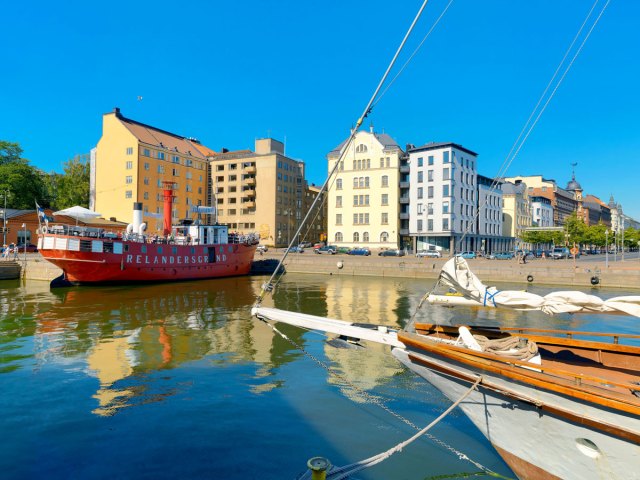
Tune into the Olympics or watch an international ice hockey match and you might see uniforms with the word Suomi. The word is the Finnish name for Finland, the Northern European country known for thousands of lakes, the northern lights, and wilderness of Lapland.
The word’s origins are unclear, but there are a number of hypotheses. One suggests that it comes from suomma, which translates to “swampland” and could relate to an ancient belief that the nation’s lakes were once swamps. An alternate theory considers the word suomo (“fish scale”) and implies that the Finish people made clothes from fish skin. Some linguists speculate that the words Suomi and Sami — which refer to the native peoples of Finland, Norway, and Sweden — are derivations of zeme, a Proto-Baltic word for land or territory.
Travel to Finland and you’ll hear most Finns proudly refer to their nation and language as Suomi. In fact, Finland wasn’t a name invented by the Finnish; instead, it likely comes from the Old English word finna, once used to describe Scandinavian people. Interestingly, the letter “f” didn’t even exist in the Finnish alphabet and was introduced through words borrowed from other languages.
Bhārat – India
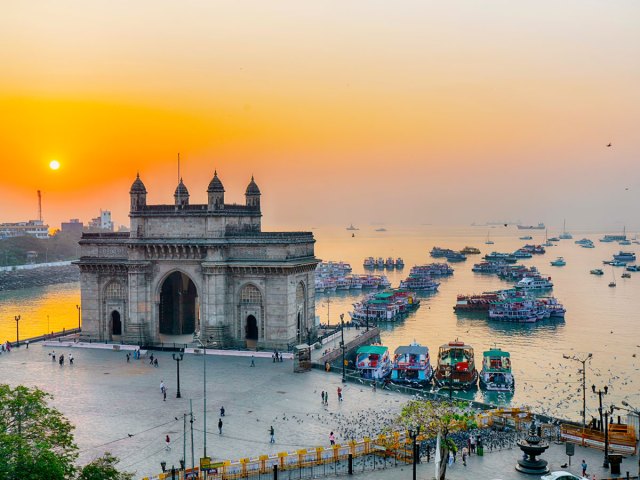
India has an immense population, the second-highest in the entire world with a mind-boggling 1.34 billion people. The Indian people are spread across the country’s diverse geographic regions, which can be roughly divided into three main areas: a mountainous northern region, an agricultural plain, and the central and southern plateau region.
Cultural variance is also the norm in India. The region includes Hindus, Muslims, Christians, Sikhs, and other religious practices. Also, the people speak 22 officially-recognized languages other than English, which is often used for commercial and political purposes. These languages include Hindi (the most popular), Bengali, Marathi, Telugu, and Tamil.
With all of this language variation, it makes sense that India would go by many names. It is called Bhārat, Bharôt, Bhāratadēsam, the Republic of India, and Bhāratam. India is also part of the nickname for Sri Lanka, which is called the “Teardrop of India” due to its location and shape.
España- Spain

Spain is another country with a rich cultural swirl of languages. While most people are familiar with Spanish as a language, a significant portion of the 47 million inhabitants of the country speak something else as their primary language. Catalan is the official language of Catalonia and the Valencian community (though the language itself has a different name and is called Valencian by these speakers). The people of Galicia speak Galician. The Basque region also has its own eponymous language.
Each of these languages has a slight variation on the name of their country, and none of them call it Spain. The Spanish translation is España, and the Catalan version is Espanya. Meanwhile, the Basque language refers to the land as Espainia.
Hayastan – Armenia
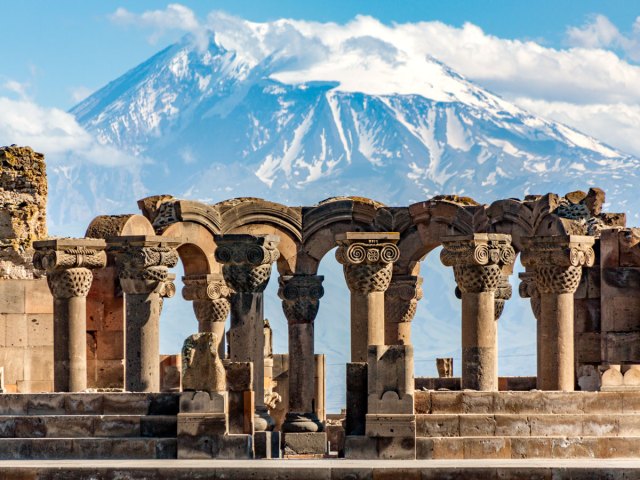
Armenia is a small country with a complicated history. In many ways, both geographically and politically, it can be aligned with either Europe or the Middle East. With a land area smaller than the state of Maryland, Armenia is a landlocked country home to only around 3 million people.
The official language of Armenia is Armenian, and it has near-universal status due to 97.9% of the population using it. Armenians would not refer to themselves as Armenians, however. They call themselves Hayastani. The familiar Persian suffix “-stan” simply means “place” or “land” and is a common ending for many country names, including Pakistan, Kazakhstan, and Afghanistan. The name pays homage to a legendary folk hero, Hayk. Legend has it that Hayk rebelled against a repressive ruler to return to his homeland in Ancient Armenia. His descendants are the Hay people, and Hayastan is the “Land of the Hay.”
Dhivehi Raajje – The Maldives

Maldivians call a group of islands in the Indian Ocean their home. The entire country is only slightly larger than Washington, D.C. Known for its white sandy beaches and tropical weather, the Maldives is a bucket-list tourist destination for many travelers. As the world’s flattest country, the highest point in the Maldives is only eight feet above sea level.
The official language of the country is Dhivehi, which is a dialect derived from a mixture of Arabic, English, Hindi, Sinhalese, and Urdu. In Dhivehi, the name of the country is Dhivehi Raajje, which means simply the “country of the Dhivehi people.”
Nippon – Japan
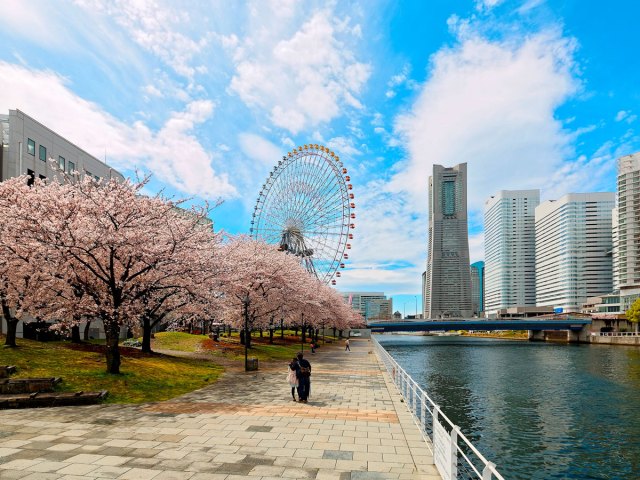
The country known as Japan in English is certainly not called that by its native speakers, but there is some dispute over the “correct” pronunciation of the local name. Japan has a population of 126 million people. It is among the least ethnically diverse countries, with 98.1% of its population identifying as Japanese. Japanese is, understandably, the national language.
Native speakers refer to the country as either Nippon or Nihon. Nippon is the older of the two names and is widely considered the original name. However, 61% of Japanese people surveyed admit to reading it as Nihon, and the younger crowd favors it disproportionately. So, it looks like Nippon may be on its way out.
Why is the name so different in English? Blame Marco Polo. He heard about the name from people he met in China, and the dialect of the region had them pronounce “Rìběn” (the name the Chinese then used for Japan) as “Jipen.” His mistranslation morphed and spread.
Éire – Ireland
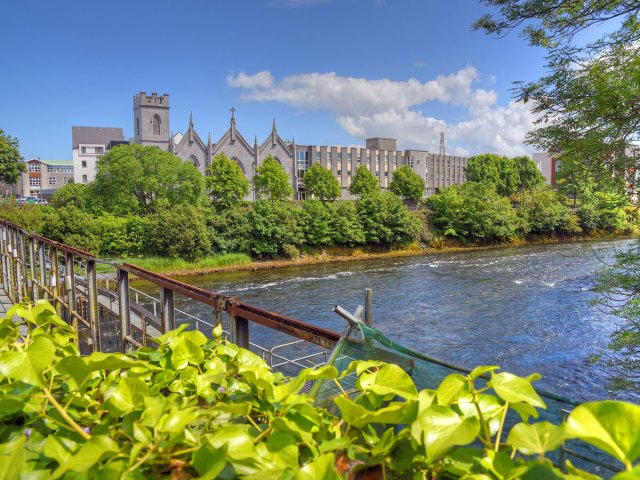
The official language of Ireland is English, and it’s generally used throughout the land. However, about 40% of the population also speaks Irish. In regions along Ireland’s western coast, Irish (or Gaelic) is the most prominent language in use.
The Irish word for the country’s name is Éire, and the term is even written into the constitution for the nation. The same document makes both Ireland and Éire interchangeably acceptable terms for the country. The name of the country has been a source of some dispute, as the British have — at some points in history — refused to recognize “Ireland” as an acceptable term. The country, after all, does not inhabit the entire “land” of the island since Northern Ireland is a part of the United Kingdom. After a long dispute, though, the country has claimed both Éire and Ireland as its own.
Han-guk – South Korea

South Korea is home to about 51 million people, and the official languages include both Korean and English. We, again, have Marco Polo to thank for our English-language version of this country’s name. Korea came into use during the Silk Road dynasty and was a transliteration from the word Goryeo, which was the name of the dynasty in Korea at the time. South Koreans refer to the entire undivided region as Han-guk. The North Koreans call the undivided region Choson.
Hellas – Greece

Greece is home to almost 11 million people, and Greek is overwhelmingly the most common language of the country. The native term for the country is Hellas. This word should make sense to English speakers as the word Hellenic means “something Greek.” How did the English language version come to be? It’s a Latin translation. “Greece” comes from the Latin word “Greacus.” All the way back in the days of Aristotle, the inhabitants of the land were referred to as “Graiko.” Today, the people of Greece still refer to their country as Hellas.












